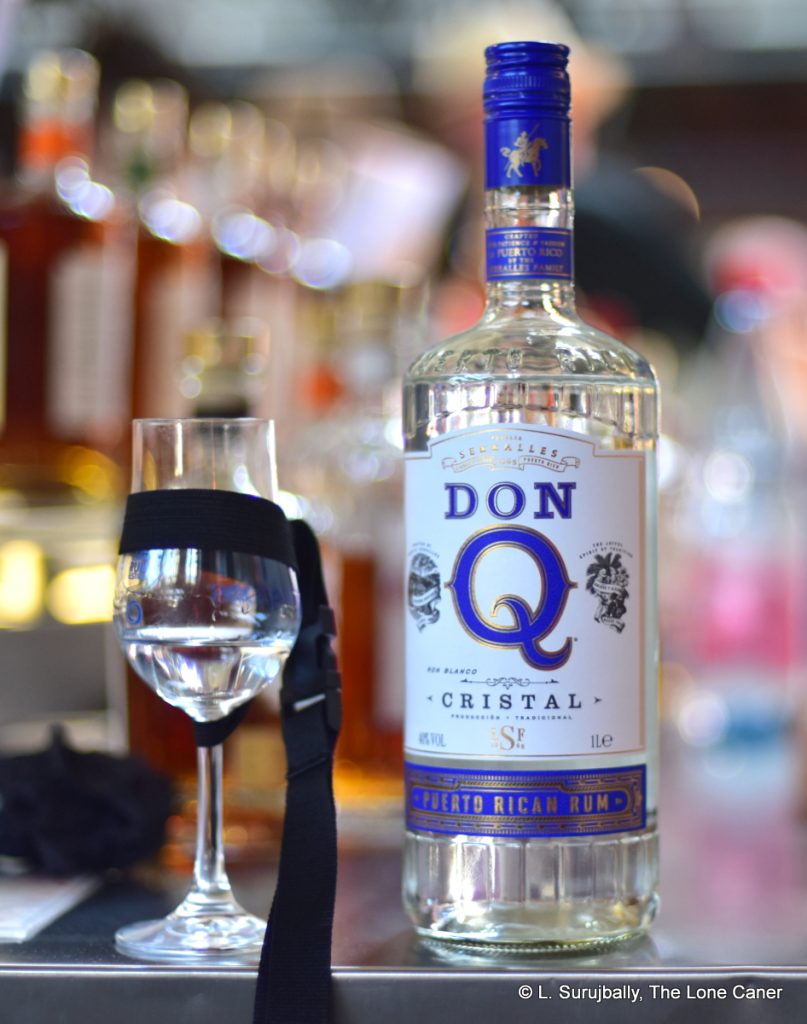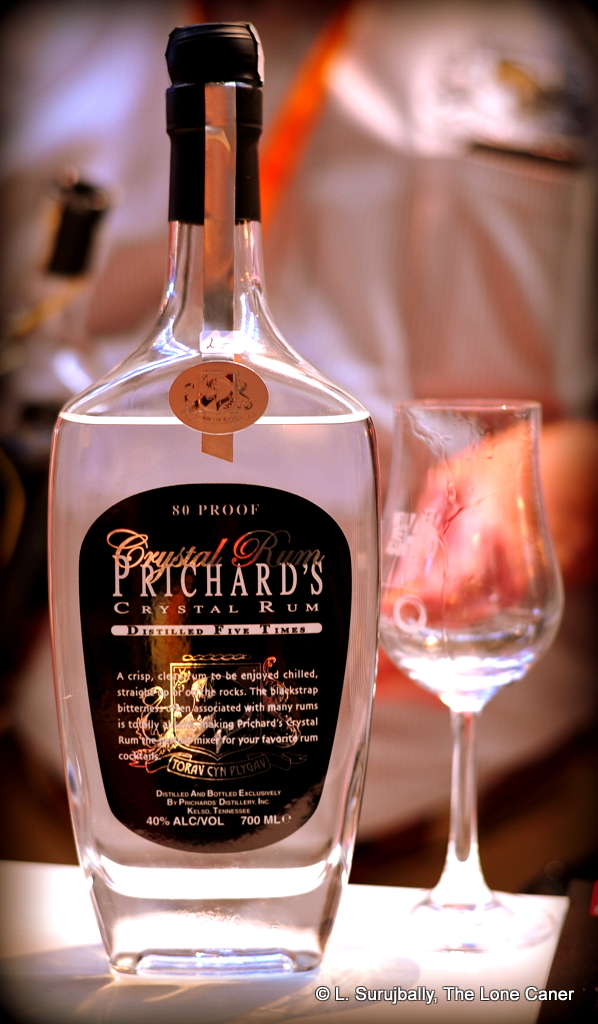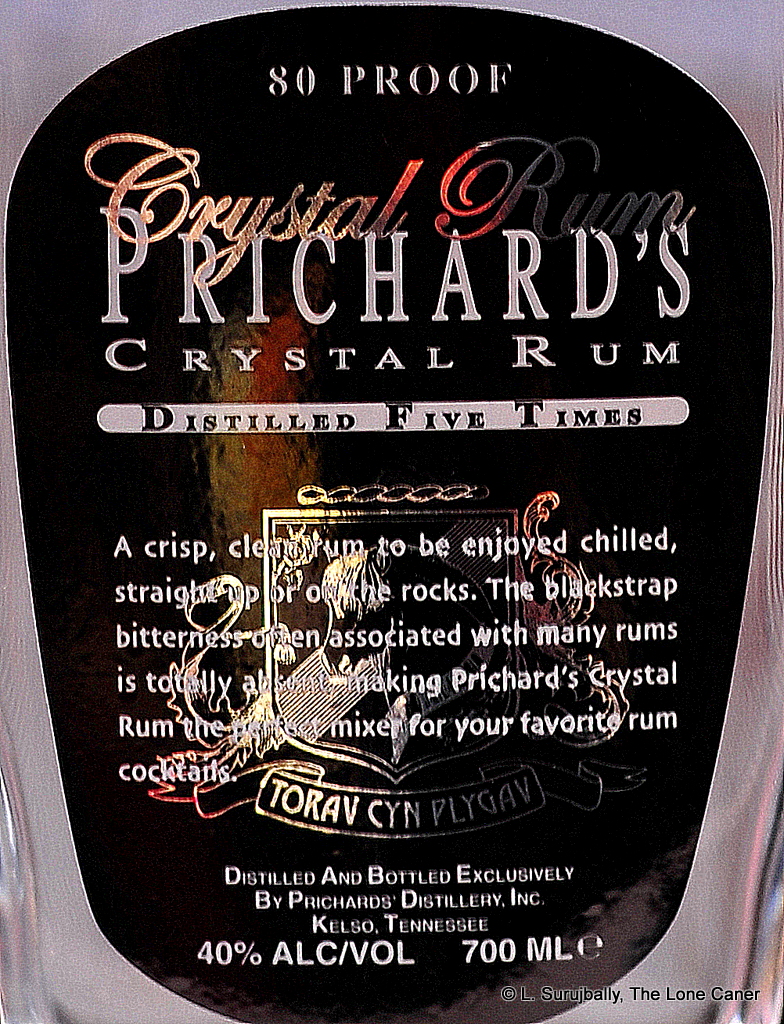Don Q is the other big brand from Puerto Rico that many believe has bragging rights over the Big Bad Bat when it comes to quality, yet somehow does not inhabit as a deep a mindspace as Bacardi does. The brand is very well known in the US and Canada (though I don’t see it for sale out west very often) but I get the impression it’s somewhat less of a thing in Europe or Asia – probably because they have plenty of brands of their own and so don’t exist in the same spirituous desert.
Don Q is the flagship brand of the other huge distilling operation on the island of Puerto Rico, Destilería Serrallés: like Bacardi it was founded by a Catalan emigre in the 1860s, though they lacked the international ambitions of the larger company and have stayed within Puerto Rico the whole time. Destilería Serrallés produces three main tiers of this branded rum: the Traditional range of mixing agents (Cristal, Gold and 151); a series of flavoured rums, and the more upscale “Serrallés Collection”, which is where the aged, finished and stronger premiums live. Don Q as a brand is named after Don Quixote (one wonders where Sancho Panza is lurking), but the reason has little to do with the wannabe over-the-hill knight and more to do with the author and his masterwork (see below).
The Cristal is a white rum from the Traditional range: it is of course nothing like the robust white brawling full proof rums whose praises I have extolled in past lists of Great Whites, the ones that go out there sporting an attitude, showing off their glutes and spoiling for a fight. In point of fact it’s a light rum coming off multiple distillation runs on a five-column industrial still, aged in ex-bourbon barrels for between one and five years, filtered to colourlessness, blended, and then bottled at standard strength (40%). Therefore it adheres more to the ethos of relaxed and affordable backbar general mixers, a sort of workhorse of daiquiris and mojitos, hearkening back to the light rum period of the previous century, than something more primitive and elemental.
The tasting notes show why the above paragraph can be written. There’s vanilla, coconut shavings, some nail polish and brine. Also, after some time, one can pick out citrus, light cream soda, cherries, some ripe juicy pears. It just kind of fades away at this point and there’s little more to be gained by hanging around
The palate shows off a similarly light and easy island charm: sweet, light, creamy, with some watermelon, papaya, cream soda, ginger, and again, the pears, maybe a couple of bananas. A dusting of cinnamon can be discerned with care, and the finish is as expected – short, prickly, a touch of honey and coconut shavings set off by that slight twist of lemon.
The Cristal, then, is a completely serviceable rum with just enough taste in there to lift it (slightly) above more anonymous fare that tries less, and I can see why some consider it a step above other whites, including Bacardi’s. There’s a bit of edge lurking behind the inoffensive first taste, a hint of undiscovered character. That said, the strength makes that difficult to come to grips with, and rums like this are never going to be my go-tos unless I just want to get econo-hammered. Overall they display too little of interest, being quite content to stay in the background, sink in the cocktail, and disappear. Thus, they play it safe and take no chances – the alcohol is delivered, the drink is ok, it goes down easy, no fuss, no bother, mission accomplished.
That will work fine for people who don’t care, and I don’t cast any aspersions on either buyer or seller in this matter – the purpose of the review, then, is less to pass judgement than to simply tell you what you’re getting when you fork over your two bits. As with Bacardi Superior, Lamb’s and other lightly aged, filtered white rums, the answer is, “not a whole lot”. But then, that’s also why you don’t pay a whole lot – it’s quite cheap, and you’re not getting a dated, decades-old rum of complexity and age which is old enough to vote and will take your an hour to come to grips with…just a relatively neutral, inoffensive rum that serves its limited purpose, and delivers exactly what you pay for, plus a few cents extra.
(#1027)(76/100) ⭐⭐⭐
Other notes
- The rum is cheap, yes: this also comes not only from economies of (large) scale, but from the impact of the cover-over tax rebate the company receives, which keep prices down.
- This is not a much-reviewed rum; the Fat Rum Pirate rated it two stars in 2017 and he commented on its neutrality – he wasn’t impressed. Spirits Review gave it 7 olives out of 10 in an undated review probably coming from around 2010 (the design of the bottle is an earlier variant). Honestboozereviews, writing in 2018, figured it rated around 6.5 points and mentioned it mixed well, was easy to find, and cheap. Lastly, Dave Russell of the dormant site Rum Gallery scored it 8.5 points in 2012 and said that he asked Robero Serralles about the name Don Q, and was told it linked the brand — made by the descendants of Spanish Catalans — to Spain and its preeminent work of literature, and both were masterpieces.


